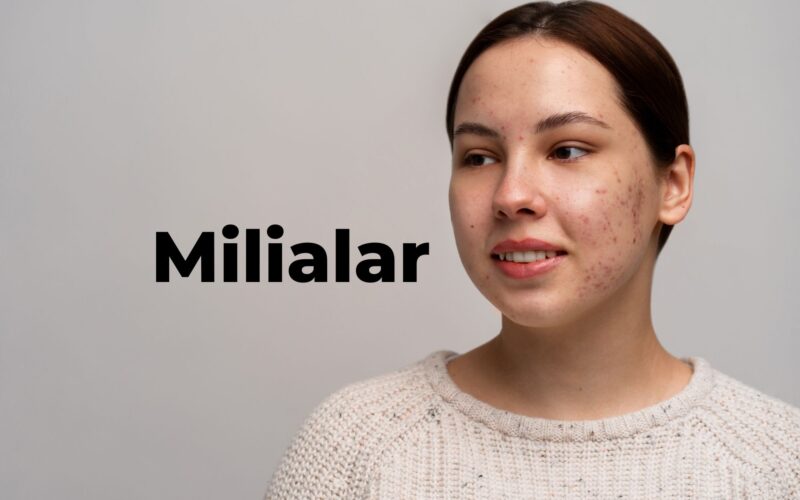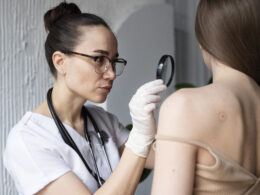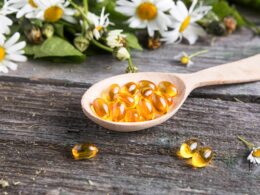Although the term “milialar” is not necessarily well-known outside of the realm of skincare, it describes a problem experienced by a large number of people. These little protrusions are especially puzzling when they crop up unexpectedly. In this post, we’ll investigate milialar, illuminating their nature, their causes, and the best methods for treating and preventing them. Let’s take the first step toward better skin.
Understanding Milialar
What Are Milia?
Milia, commonly known as “milk spots,” are tiny lumps that form on the skin and can be either white or yellow. The cheeks, forehead, and eyelids are just some of the places you could see these pimples. But why do they come to be?
The Culprits Behind Milia
1. Keratin and Dead Skin Cells
Dead skin cells and the protein keratin (also present in the skin) can become stuck in the sweat ducts or hair follicles, leading to milia. Milia can develop when these compounds are trapped under the skin’s surface.
2. Primary and Secondary Milia
Primary milia and secondary milia are two distinct types of milia. Ineffective shedding of dead skin cells is a common cause of primary milia. However, secondary milia can develop after the skin has been damaged by things like burns or cuts.
3.The Dilemma: To Squeeze or Not to Squeeze
When milia form, it might be tempting to attempt to squeeze or burst them. Squeezing milia, however, can cause skin damage and even infection, so it’s best not to. Safer therapeutic methods must be investigated.
Treating Milia
Proper Skincare Practices
1. Gentle Exfoliation
Proper skincare techniques are essential for the prevention and treatment of milia. Dead skin cells and blocked pores may be avoided with the aid of a gentle exfoliation using products containing salicylic acid or glycolic acid.
2. Hydration
It’s crucial to drink enough water to keep your skin moisturized. Excess oil production from dry skin has been linked to milia formation. Maintain even hydration by using a moisturizer formulated for your skin type.
Seeking Professional Help
1. Chemical Peels
Miliaria that won’t go away should be treated medically. Chemical peels are often recommended by dermatologists to exfoliate the skin’s surface and hasten the natural shedding of dead skin cells.
2. Extraction
Milia can sometimes be removed by a dermatologist with the aid of surgical instruments. Avoiding scars and infection requires having this done by a competent specialist.
3.Prevention Is Key
Preventing milia is usually easier than treating the pimples themselves. The following should be kept in mind as you strive for clear, milia-free skin:
4.Regular Cleansing:
To keep your face clear of oil and dead skin cells, you should wash it twice daily.
5.Avoid Heavy Products:
Use skincare products that are non-comedogenic, meaning they won’t clog pores.
6.Sun Protection:
Sun damage can worsen milia, thus it’s important to always apply sunscreen.
Conclusion
Sunscreen is a must to prevent skin damage from the sun. Knowing about and treating milia can help you achieve cleaner, healthier skin. To recap, good skincare and persistence are your best weapons against milia. Milia should not be squeezed or popped, and instead medical attention should be sought. Following these steps can help you keep your skin clear of milia and improve your self-esteem.Miliaria can be made worse by sun exposure.
FAQs
1. Can milia occur on any skin type?
Miliaria may affect anybody, but people with oily or mixed skin are more likely to experience an outbreak.
2. Are milia harmful to the skin?
Milii aren’t harmful, but they may ruin your yard’s aesthetics. If you are worried about your skin, a dermatologist is the ideal person to see.
3. Can I prevent milia by avoiding heavy moisturizers?
Milia can be avoided if you use non-comedogenic products, like as moisturizers.
4. How long does it take for milia to disappear with treatment?
Milia can fade with therapy anywhere from a few weeks to a couple of months after starting.
5. Are there any natural remedies for milia?
Some people recommend trying honey or aloe vera, but for the most effective therapy, it’s best to see a dermatologist.





